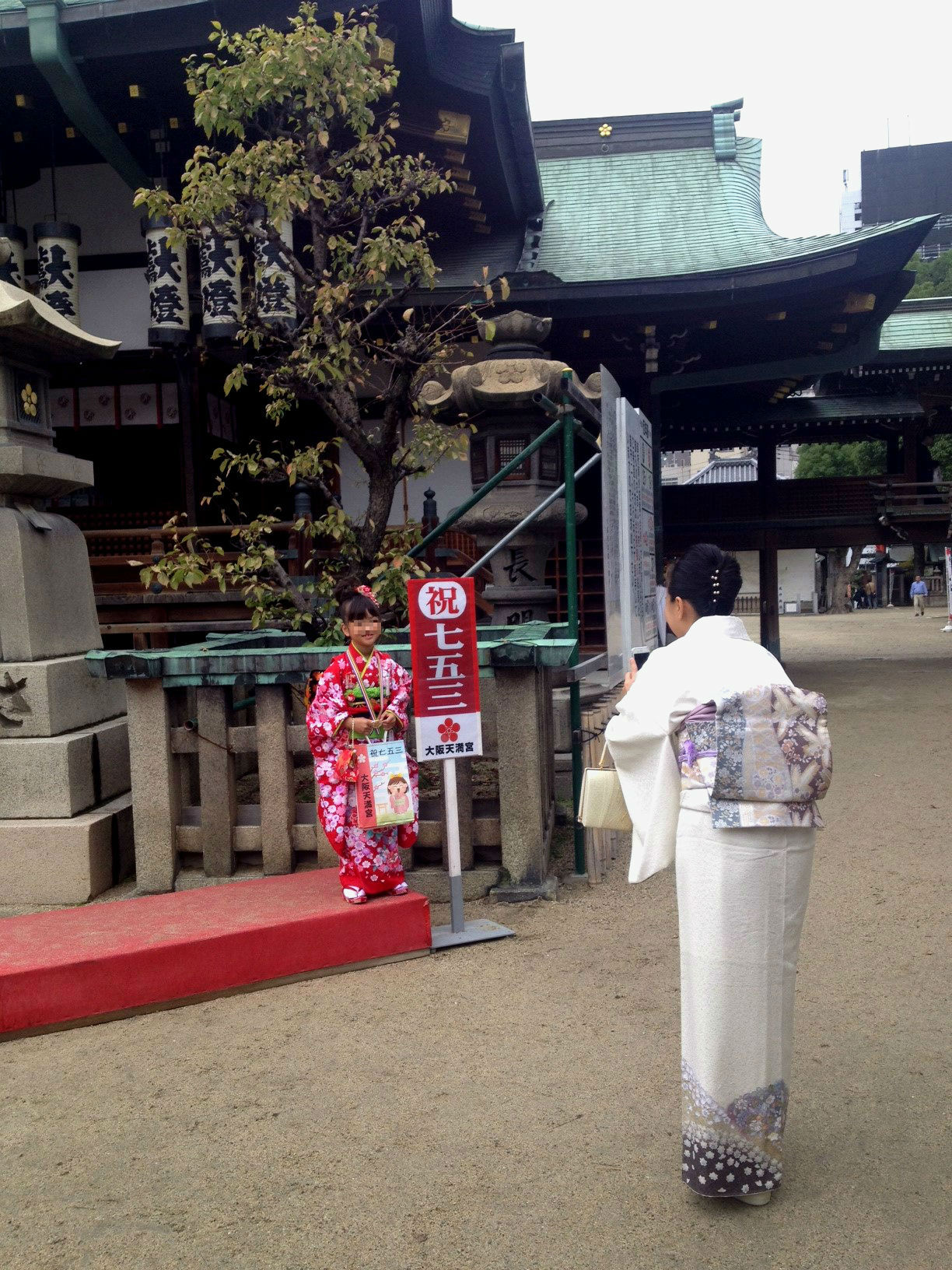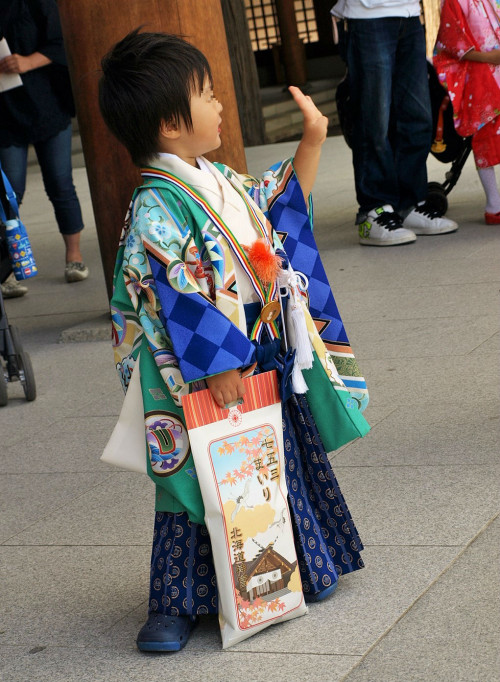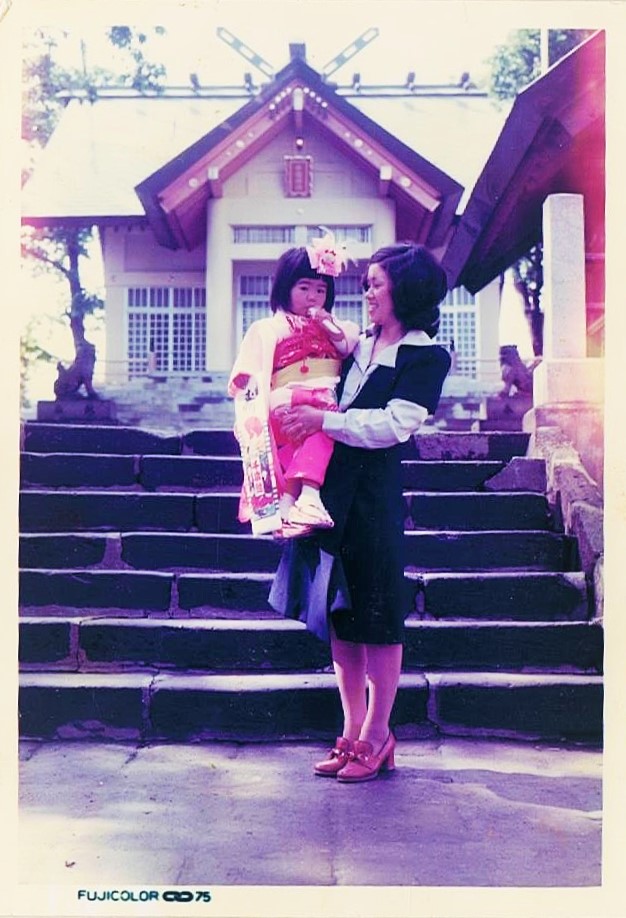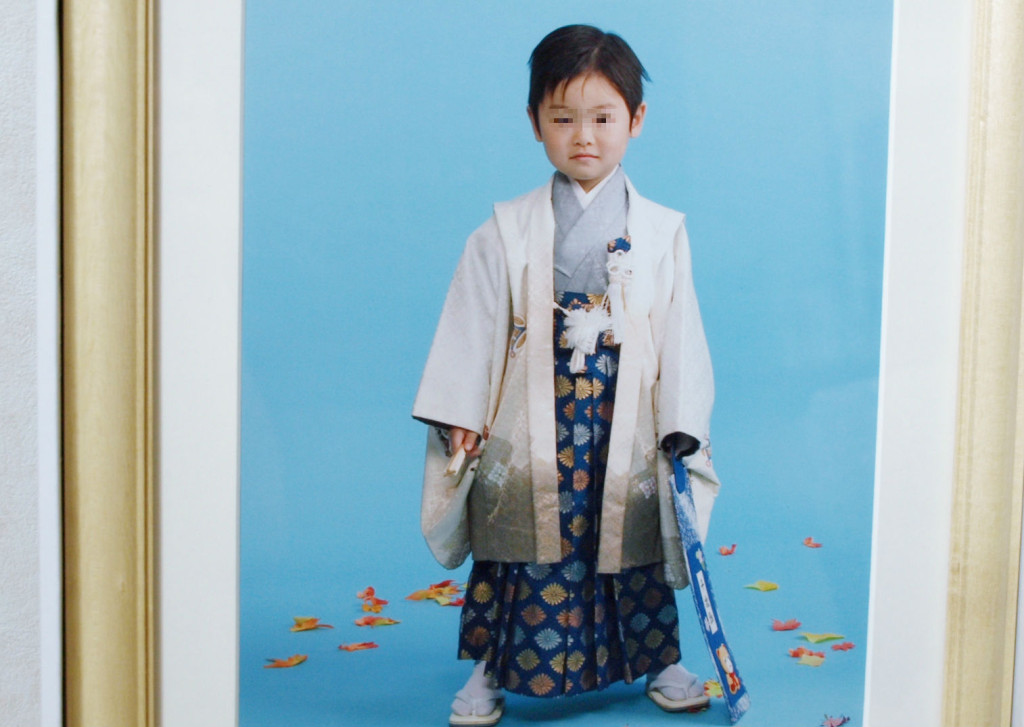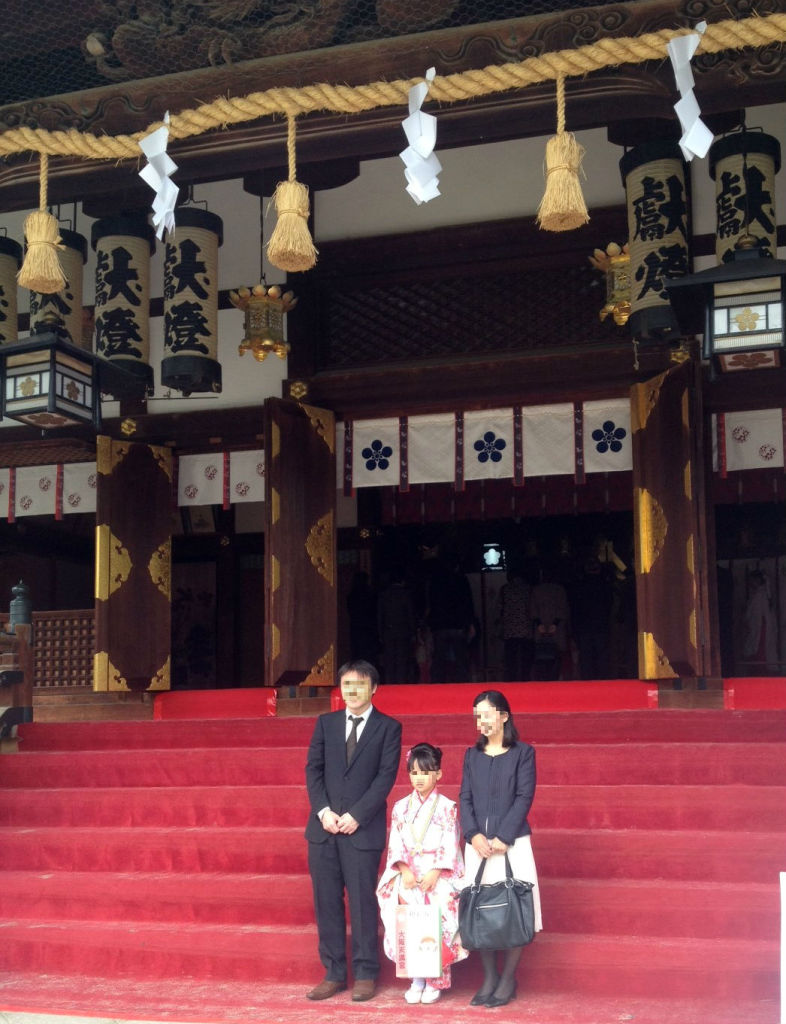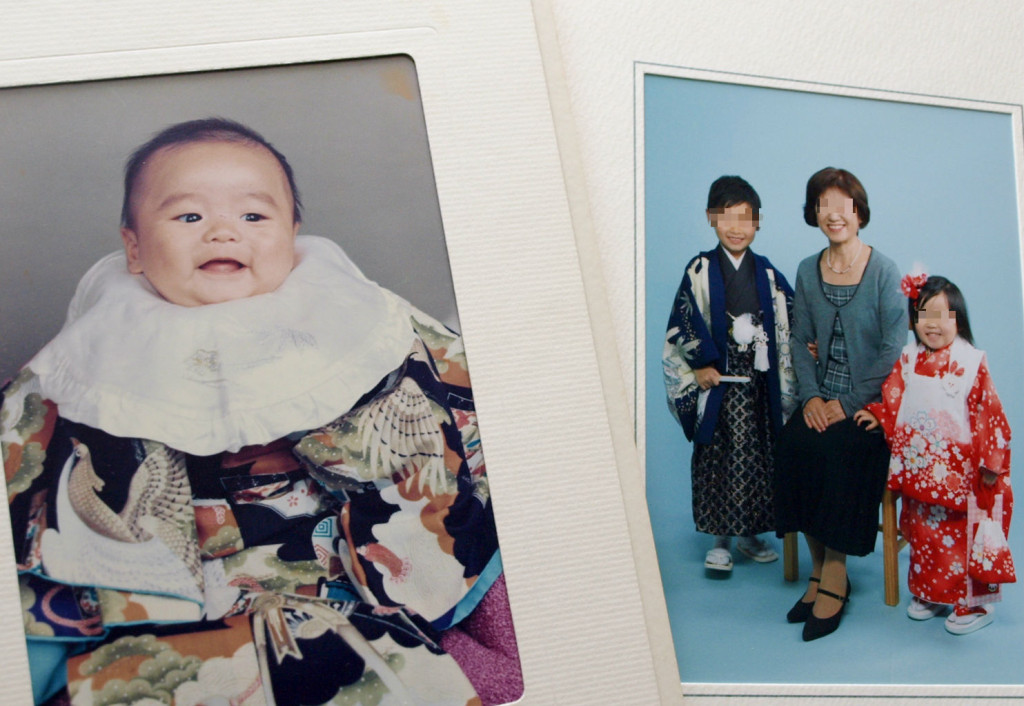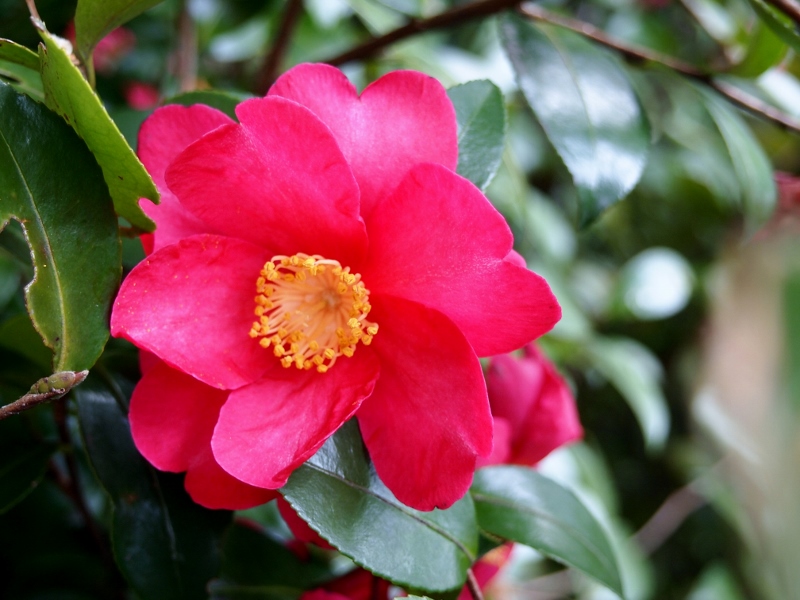7-5-3, Shichi-Go-San
Shichi-Go-San (7-5-3) is a traditional rite of passage and a festival day in Japan, held annually on November 15 to celebrate the growth and well-being of children.
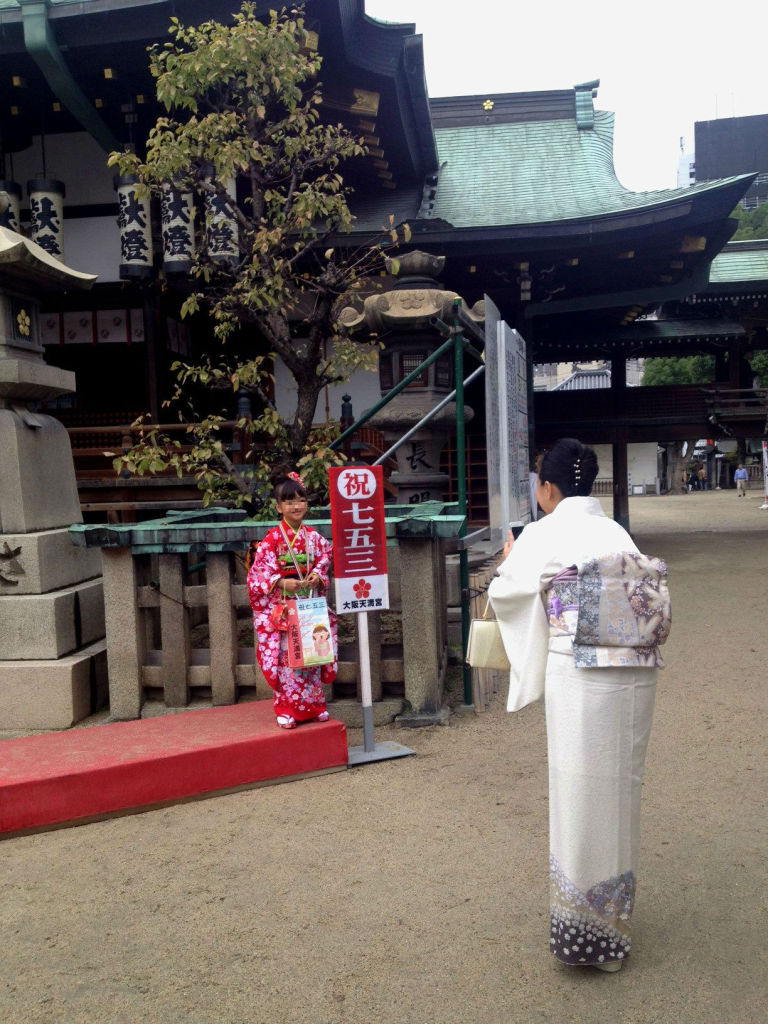

七五三は11月15日に子どもの成長を祈って行う儀礼行事です。
日本では割り切れない奇数がよい数字とされ、男子では3歳と5歳、女子は3歳と7歳に祝います。 昔は成人するまで生き残る子どもの割合が低かったため、人々は氏神様にこれまでの成長に感謝し、今後も健やかに成育するよう、お願いしてきたのでした。
This is a commemorative photo of my Shichi-Go-San taken 30 years ago.
My parents gave me a long stick of red and white candy, placed in a paper bag with illustrations of crane and turtle. It is called “chitose-ame” (thousand-year candy). (It was actually a bribe so I would stop crying while taking pictures.)
“Chitose” means one thousand years, while the crane and turtle symbolize long life. Red and white, meanwhile, are auspicious color-combination for Japanese.
It is tough for children to wear the kimono, since it is very tight to the body.
写真は、30年以上前の七五三の記念写真。
3歳の天野川が泣きわめいたため、千歳飴を与えて何とか写真を撮ったもの。
千歳飴という鶴や亀が描かれた袋に入った紅白の細長いキャンデーをしゃぶっています。
「千歳」とは1000年を意味し、鶴と亀は長寿の象徴です。紅白も日本ではめでたい色の組み合わせです。
着物は体を締め付けるので、着なれない子どもにはちょっと大変なのです。
Let’s go to shrines if you want to see children wearing traditional kimono.
On November 15, children dress themselves up in kimono and visit the shrine with their parents to have prayer services for Shichi-Go-San.
The average price for the prayer is 5,000 Yen. It is said that this has been formed since Taisho Period (1912-1926).
Nowadays, it is not necessary to celebrate exactly on that day, so as to avoid congestion. In Hokkaido, which is situated in a cold region, Shichi-Go-San is usually held in October.
If you want to see Japanese traditional costume, why don’t you drop by shrines on weekends of October or November? You can see children dressing in beautiful kimono.
伝統的な衣装を着た子どもたちを見たいなら、神社へGo!
この日、子どもたちは晴れ着を着て両親と神社に行き、七五三のご祈祷を受けます。
ご祈祷料は、神社にもよりますが、5000円くらいが平均的。 現在の形となったのは、大正時代(1912-1926)と言われています。
最近では、混み合うのを避けることもあって、必ずしもその日にやるわけではありません。また、寒冷な北海道では、早々と10月に済ませることも多いのです。
もし、日本の伝統的な衣装を見たいなら、10月か11月の土日に神社へ行けば、華やかな和装姿の子どもたちを見かけることでしょう。
Recently, there are photo studios only for children in Japan. Also, many photo studios conduct business inside or beside shrines. The number of families who spend extra money for taking commemorative photos for their loved children is increasing.
Even though most of the Japanese think they are “religiophobia”, they are willing to visit shrines for Shichi-Go-San or Hatsumode (first shrine visit during the new year). They might not be aware of doing something related to religion while worshipping with folded hands at the shrines.
最近、日本では子ども専用の写真館があり、また、神社に写真館が併設されているところも多いです。
お金をかけて子どもたちのかわいい姿を写真に残そうと奮発する家庭が増えました。
日本人は「宗教なんて嫌い」という人が多いのですが、七五三や初詣などでは積極的に神社に参詣しています。
神社で手を合わせ、神様へのお願いを心の中で唱えている行為をしながら、自分が宗教的な行為をしている実感がないのでしょう。
